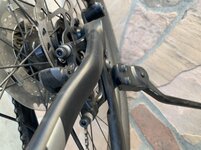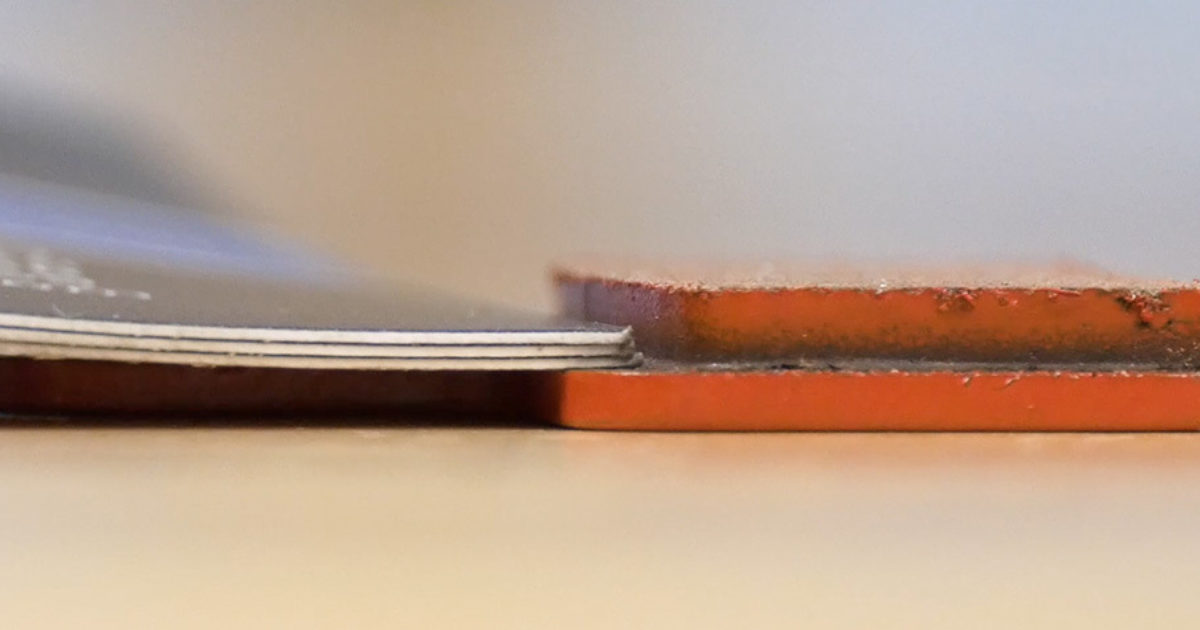ecelis
New Member
- Region
- USA
Hello,
I’m new in this website and not very experienced with bike repairs. I have a Trek Super Commuter 7 bike and would like to know how to replace the brake pads. Front wheel is ready to remove but rear not so much. My question is if I could remove the brake assembly to change the pads without having to take out the wheel. My brakes are Shimano and it looks like removing two Allen bolts would free up the brake. I don’t want to damage anything. Thanks.
I’m new in this website and not very experienced with bike repairs. I have a Trek Super Commuter 7 bike and would like to know how to replace the brake pads. Front wheel is ready to remove but rear not so much. My question is if I could remove the brake assembly to change the pads without having to take out the wheel. My brakes are Shimano and it looks like removing two Allen bolts would free up the brake. I don’t want to damage anything. Thanks.

